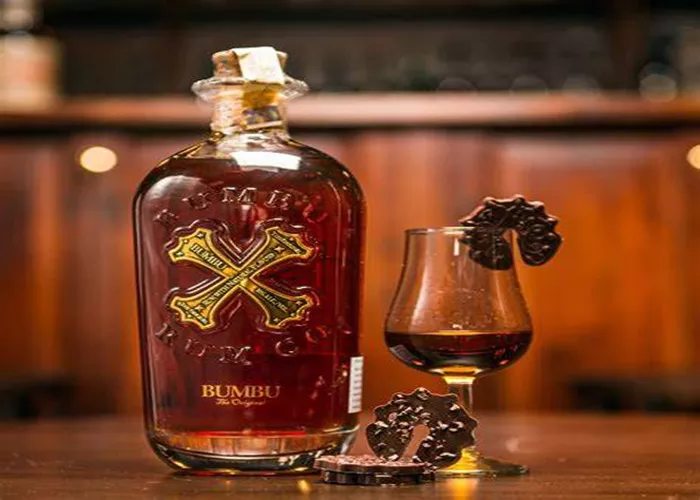Rum is a popular and distinct alcoholic beverage with a rich history and a variety of production methods. It is made from several key ingredients and undergoes a process that transforms them into the delicious and often complex spirit we know as rum.
1. The Main Ingredient: Sugarcane or Its Byproducts
Sugarcane Juice
Rum can be made from freshly squeezed sugarcane juice. In regions where sugarcane is abundant and readily available, this is a common starting point. The juice is extracted from the sugarcane stalks, usually by mechanical means. It is a sweet and viscous liquid that contains natural sugars, which are essential for the fermentation process.
The sugarcane juice is then treated to remove impurities and any solid particles. This purified juice is ready to be used in the next stage of rum production.
Countries like the Caribbean, where sugarcane is a major crop, often use fresh sugarcane juice to produce high-quality rums with unique flavor profiles. The terroir and growing conditions of the sugarcane in these regions can impart distinct characteristics to the final rum.
Molasses
Molasses is another crucial ingredient in rum production and is perhaps the more widely used source. Molasses is a byproduct of the sugar refining process. When sugarcane is processed to extract sugar, after multiple rounds of crystallization, the remaining thick, dark syrup is molasses.
It is rich in sugars, mainly sucrose, but also contains other trace elements and compounds that contribute to the flavor and character of the rum. Molasses can vary in quality and composition depending on the source and the refining process it has gone through.
Different grades of molasses are available, and some distillers may prefer specific grades for their rum production. Darker molasses, for example, may add more color and a stronger, more complex flavor to the rum, while lighter molasses can result in a milder and more delicate product.
2. Water
Quality and Source of Water
Water is a significant component in rum making, accounting for a large portion of the final product. The quality of the water used can have a profound impact on the taste and overall quality of the rum.
Distillers often use clean, pure water, preferably from natural sources such as springs or wells. The mineral content of the water can interact with the other ingredients during fermentation and distillation, potentially affecting the flavor and texture of the rum.
In some cases, the water may be treated to adjust its pH or to remove any unwanted impurities. Soft water is generally preferred as it allows the other flavors to shine through and does not interfere with the chemical reactions during the brewing process.
The source of water can also give the rum a sense of place and uniqueness. For example, rums produced in coastal areas may use water with a slightly different mineral profile compared to those made inland, which can contribute to the distinct flavor of the local rums.
See Also: What Is The Difference Between Dark Rum And Light Rum?
3. Yeast
Types of Yeast and Their Role
Yeast is the essential ingredient that drives the fermentation process in rum making. There are different types of yeast used in rum production, each with its own characteristics and effects on the final product.
Some common yeast strains include Saccharomyces cerevisiae, which is known for its efficiency in converting sugars into alcohol and producing desirable flavor compounds.
The yeast consumes the sugars in the sugarcane juice or molasses and produces alcohol, carbon dioxide, and a variety of flavor and aroma compounds. These compounds contribute to the unique bouquet and taste of the rum.
The choice of yeast can influence the rate of fermentation, the alcohol yield, and the flavor profile of the rum. Some distillers may use proprietary yeast strains that have been developed or selected over time to achieve a specific taste and quality in their rums.
Yeast also plays a role in determining the esters and other volatile compounds that give rum its characteristic fruity, spicy, or floral notes. The fermentation conditions, such as temperature and yeast nutrition, are carefully controlled to optimize the yeast’s performance and ensure a consistent and desirable flavor in the final rum.


